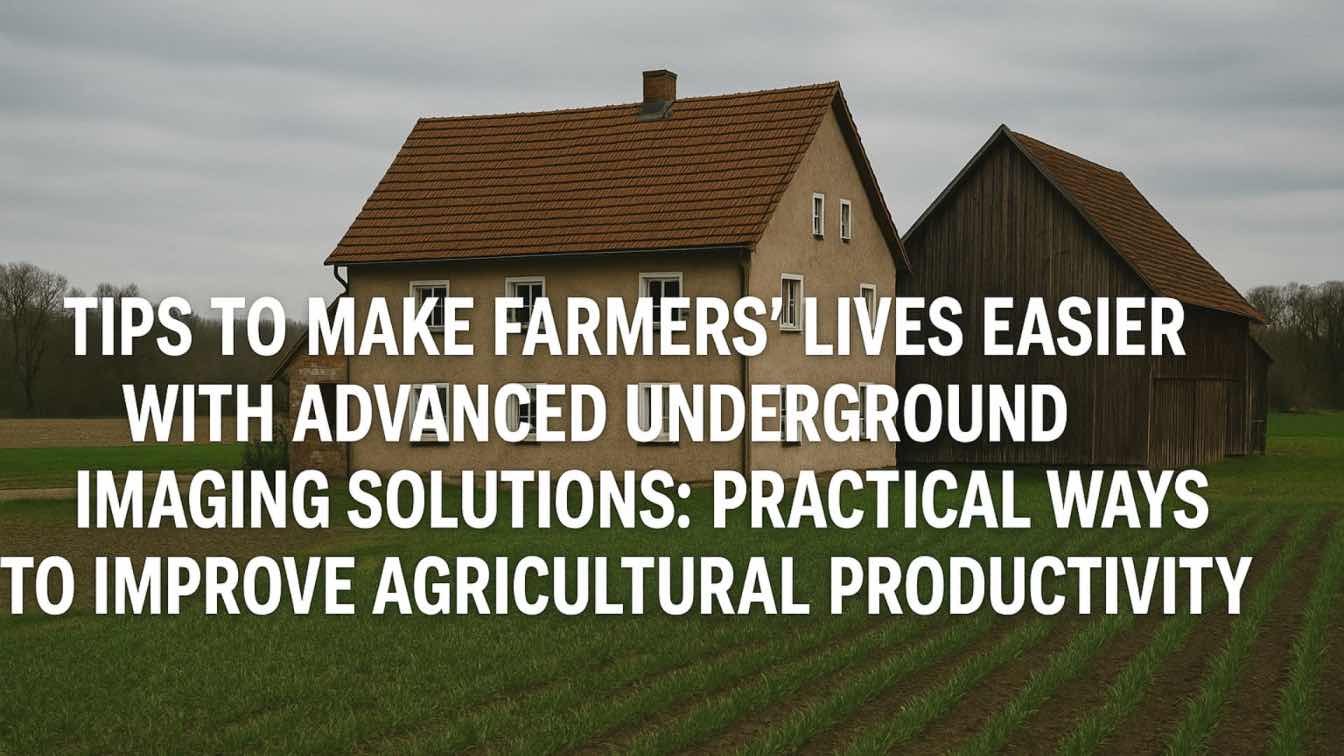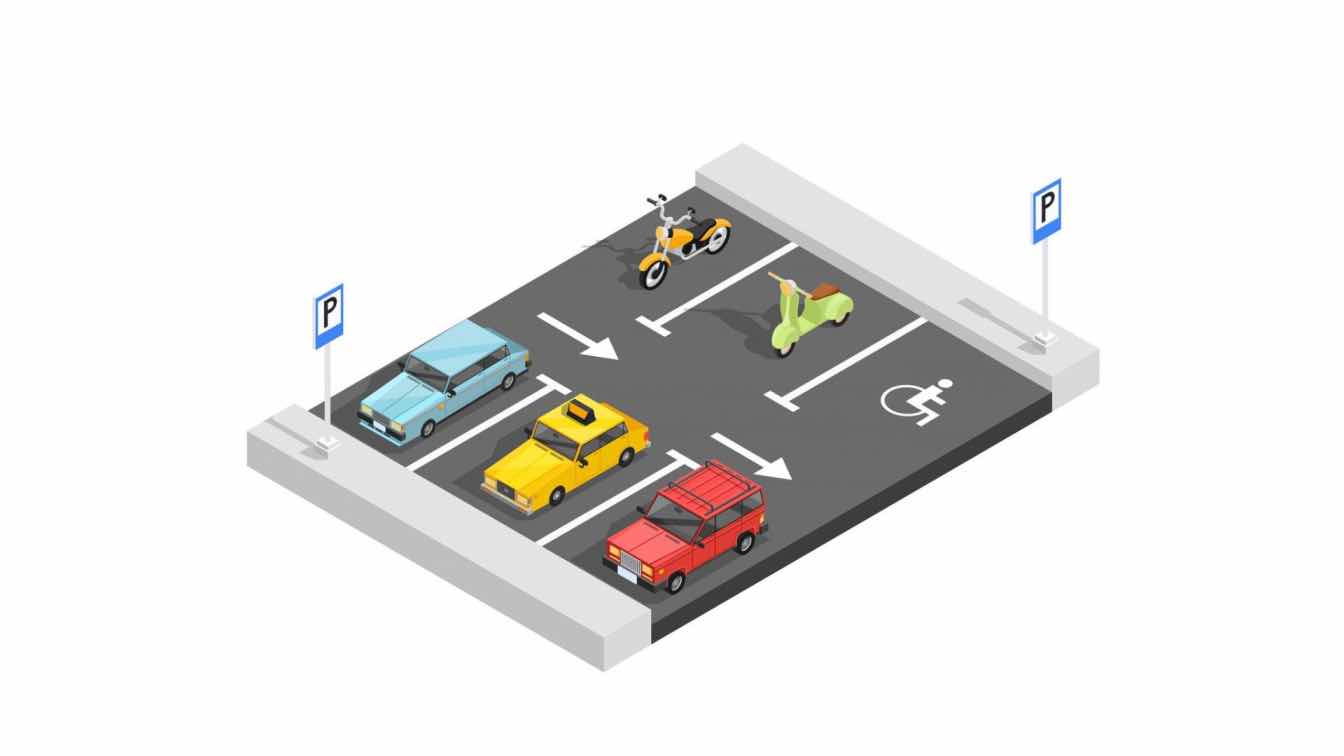Today’s farmers face many challenges below the surface that can make managing land more complicated. New technology is now making it possible to see underground more clearly and avoid surprises before planting or digging.
Advanced subsurface imaging solutions help farmers save time, avoid costly mistakes, and improve day-to-day decisions by showing what is hidden below ground level. Tools like ground penetrating radar offer valuable insights to anyone who works with soil and underground features, giving farmers more control over their land. Using these solutions makes it easier to plan, protect investments, and keep farming operations running smoothly.
1. Utilize underground imaging drones for early root system assessment
Underground imaging drones let farmers see root growth early in the growing season. These drones use sensors to scan the soil beneath the surface. The information helps identify root patterns and any problems developing underground.
By quickly finding weak or stunted roots, farmers can fix issues before they get worse. Drones can show areas needing better water or nutrients. This helps match treatments to real needs in the field.
The data from these drones can also help farmers choose the best planting spots for future crops. Tracking roots over time may show how different soils or weather affect plant health. With early root system assessment, decisions about crops and field care become more informed.
2. Integrate soil moisture sensors with imaging data to optimize irrigation.
Combining soil moisture sensors with underground imaging gives farmers a clear picture of soil conditions. These tools show where the soil is dry or holding too much water. Farmers can use this information to target where and when to water more effectively.
With this approach, there is less guesswork when it comes to irrigation. Precise data from both sensors and imaging helps avoid underwatering or overwatering different parts of a field.
This method can save both water and time. Farmers get faster insights, which can help them react quickly to changing soil conditions. Improved irrigation plans may also lead to healthier plants and better crop growth.
3. Apply sub-surface mapping to detect nutrient deficiencies precisely.
Advanced underground imaging helps farmers see what is happening beneath the soil. By using sensors or mapping devices, they can find patterns in soil moisture and nutrients. This makes it easier to spot areas where crops may not be getting what they need.
These tools help detect patches with low nutrients. Farmers can then decide where to apply fertilizer or other solutions. This approach reduces waste and targets problems faster.
When nutrient problems are detected early, crop health improves. Early action can also prevent larger issues in the field. Sub-surface mapping gives farmers better knowledge about their land, so they can make more informed choices.
4. Combine imaging with autonomous seed-planting robots for targeted sowing
Pairing underground imaging with autonomous seed-planting robots allows farmers to place seeds with greater accuracy. The imaging system scans the soil below the surface, detecting the best spots for sowing based on soil health and conditions.
Robots use this information to plant seeds directly where they are most likely to grow well. This process can help cut waste by avoiding planting in areas that may not support healthy crops.
Farmers also save time and effort, as the robots work on their own and make repeated passes unnecessary. Precision sowing can lead to better crop growth, giving farmers a practical way to improve results with less manual labor.
5. Use data from underground scans to prevent soil compaction damage.
Soil compaction can stop plant roots from getting water and nutrients. Underground scans use sensors to find packed soil under the ground. This helps farmers see where the soil is too tight before there is crop loss.
When they identify compacted areas, farmers can adjust how they use their equipment. For example, they may avoid using heavy machines in problem places. This keeps the soil looser and healthier for plants.
Scanning data also helps plan better planting patterns. If farmers know where the soil is hard, they can change how deep seeds are planted or add soil treatments only where needed. This focused approach saves time and money.
Conclusion
Advanced underground imaging solutions help farmers work smarter by giving better information about soil and roots. These tools make it easier to spot problems early and use resources like water and fertilizer more carefully.
With clear images and data, decisions can be made faster and with more confidence. Farmers can use these tips to save time, cut costs, and improve their results.
Using technology in this way supports simple and smart farming practices.





